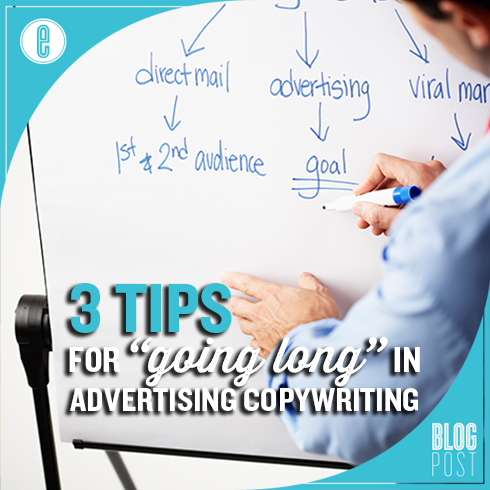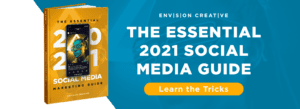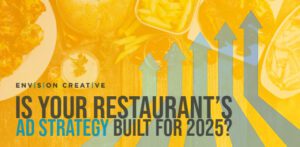
If you ask ten advertising professionals what the most effective length of advertising copy is, you would likely get ten very different answers. Some believe copy should be short, crisp, and catchy. Some believe it should be lengthy. The rest fall somewhere in between. The truth is, effective advertising copy is that which sells. How long that copy is often dictated by the medium being used. For example, the space limitation of a Google Adwords ad makes lengthy copy impossible. On the other hand, an online sales letter really has no spatial limits. This article presents 3 tips for “going long” in advertising copywriting where there is little or no limit on available advertising space.
Advertising pioneer Claude C. Hopkins wrote:
“To properly understand advertising or to learn even its rudiments one must start with the right conception. Advertising is salesmanship.”
It was nearly a century ago that Hopkins dominated the advertising world, but the principles he embraced then still hold true today. That’s the difference between principles and trends. While trends can be powerful for a time, they are usually relatively short-lived. Principles, on the other hand, are timeless and immutable.
With that in mind, let’s discuss how we can apply some of the principles of salesmanship to advertising copywriting.
Present Everything
Many advertisers believe that their ad copy should leave out some benefits of the product or service they’re promoting. The rationale is that it stokes the readers curiosity. It’s true that curiosity is one of the strongest human motivators. But it must be used properly for greatest effect. In advertising, the place to arouse curiosity is in the headline of an ad. That motivates the reader to delve into the body of the ad. Once you have the reader in the body of an ad, you should give them as much information as possible about the benefits of the product.
Think of it this way: If you were selling something face-to-face, you wouldn’t explain one benefit to the prospect today, then tell them about another tomorrow, and still another the day after that, would you? Of course not. And you shouldn’t spread your benefits across multiple pieces of advertising either.
Repeat Everything
Another very effective trick that many advertisers don’t use is repetition. One of the greatest examples of the effectiveness of repetition is the television infomercial.
Most TV infomercials are 30 minutes long. But the entire half-hour is not just one long commercial message. Typically, infomercials repeat the same basic message at least three times. Then each segment is punctuated with a strong call to action – usually to call a toll-free phone number and “order now”.
A good example of this repetition technique can be found in the Focus T25 Home Workout Infomercial. The basic message of this infomercial is that using the system will help you to quickly lose weight and develop a great body, even if you have little time to workout. That message is repeated several times throughout the video.
Of course, when you repeat your message, you don’t want to repeat it exactly. That would be boring at best. Instead, you’ll need to come up with multiple variations of the same message.
The reason TV infomercials employ repetition isn’t because they have to fill 30 minutes of airtime. They employ repetition because it works. And it will work just as well in virtually any advertising medium.
Going back to our example of face-to-face selling, would a salesperson convey his or her sales message to a prospect only once? No, they wouldn’t. A good salesperson would repeat their message in some way until they either got an order, or the prospect asked them to leave. Of course, a good salesman would do it in such a way as to avoid being obnoxious. But the repetition would occur nonetheless.
Advantages of “Going Long”
What length in advertising does is keep the prospect engaged. That’s why ad copy should be interesting and informative. For many, the idea of creating a long advertisement means adding a lot of fluff–never a good thing. But, by presenting all the benefits your product or service delivers and effectively repeating that message at least three times, length will happen automatically.
-FINAL(01-00)-White&Blue-01.svg)





